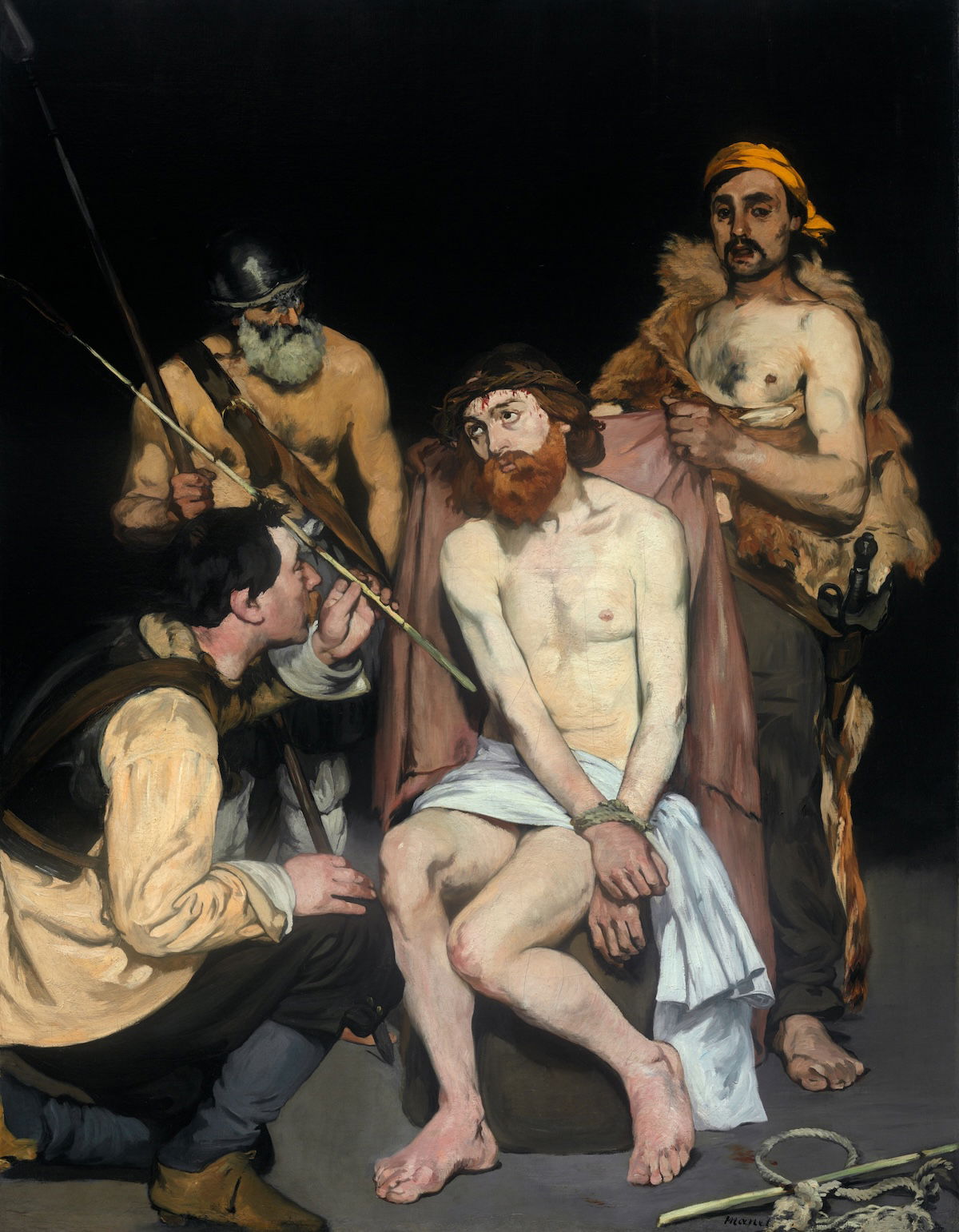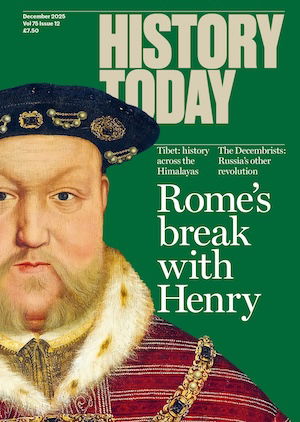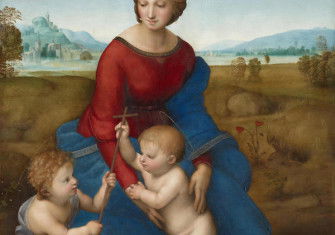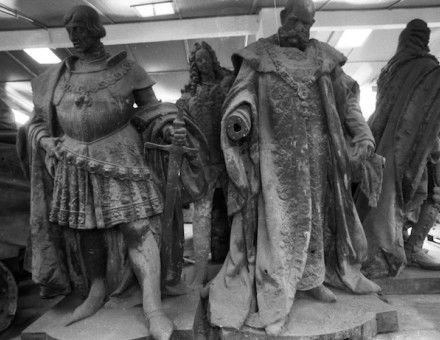‘Miracles and Wonder’ by Elaine Pagels review
Miracles and Wonder: The Historical Mystery of Jesus by Elaine Pagels finds that the son of God is more than the sum of his parts.

In the New Testament, Jesus is a charismatic miracle healer. He restores the blind to sight, exorcises demons, and calms the sea. The same gospels also describe Jesus as a terrifying prophet, driving out the market sellers in the Temple and wielding a whip on his enemies. Other scriptural accounts suggest Jesus is an insane wanderer, a source of embarrassment, even, to his relatives, ‘possessed by Beelzebub’. Speaking of family, who is Jesus’ father? Why is this young Jewish man referred to only as ‘Mary’s son’ by his neighbours? It is this same man who boldly proclaims: ‘It is I who am the all.’
In Miracles and Wonder Elaine Pagels attempts to provide some answers to what appear relatively simple questions: ‘Was Jesus actually a historical person? If so, what kind of a person?’ The sources which describe his life are confusing, contradictory, and often overshadowed by authorial motive. Fortunately, the reader is in excellent hands. Pagels has been studying religion for more than 50 years. Her breakthrough book, The Gnostic Gospels (1979), remains a landmark work for its analysis of the Nag Hammadi manuscripts. She has since written widely on gnosticism, early Christianity, and the origins of Christian antisemitism.
Miracles and Wonder begins with an unvarnished account of the author’s own religious journey: her decision to join (and later abandon) an evangelical church, and the college applications that led to her life’s work, investigating the history of religion. Pagels then undertakes a systematic appraisal of the New Testament gospels, the Nag Hammadi library, and Roman and Jewish sources. Those sources are both fascinating and frustrating. Truth – and its manipulation – is a recurring theme. Devoted believers such as Matthew and Luke wrote to publicise Jesus’ message and attract followers, not to report historical fact. Often they felt the need to explain ‘embarrassments’ concerning their Messiah’s life, one of which was the identity of Jesus’ real father. Rumours abounded that Jesus was a bastard. Pagels tests their validity and demonstrates that Jesus’ father may have been a Roman. Mary was a peasant girl living in Judea at a time when Roman soldiers often ‘targeted local women with sexual violence’. Even the gospel writers agree that Joseph was not Jesus’ biological father and, as Pagels suggests, felt the need to transform Jesus’ birth from a shameful secret into a miracle.
Pagels’ claim that Mary may have been raped has attracted controversy, but Judea under Roman rule was an incredibly violent place. The gospels of Mark, Matthew, and Luke could well be categorised as ‘war literature’. The Romans were careful to suppress anyone who might challenge their authority, including popular prophets and their followers. Crucifixion – a tortuous and very public death – was reserved for seditionists; the gospel writers wanted to avoid the same fate for themselves. Pagels explains how this motivation led John in particular to effectively pin Jesus’ death on ‘the Jews’, casting them as ‘agents of Satan’ to illustrate how Jesus was falsely charged and wrongly crucified.
John’s attempt to protect himself and his fellow Christians from Roman occupiers is understandable, but it has had the consequence of spurring animosity between Jews and Christians for thousands of years since. But the gospels have also meant that Jesus has survived for more than 2,000 years. Attempts to answer questions about his life cannot tell us exactly who he was, but they do show us other things: the very human motivations which informed how the Messiah’s life was recorded and the bloody context of war and violence that has always driven history.
-
Miracles and Wonder: The Historical Mystery of Jesus
Elaine Pagels
Doubleday, 336pp, £30
Buy from bookshop.org (affiliate link)
Rachel Ashcroft writes on Renaissance philosophy.






